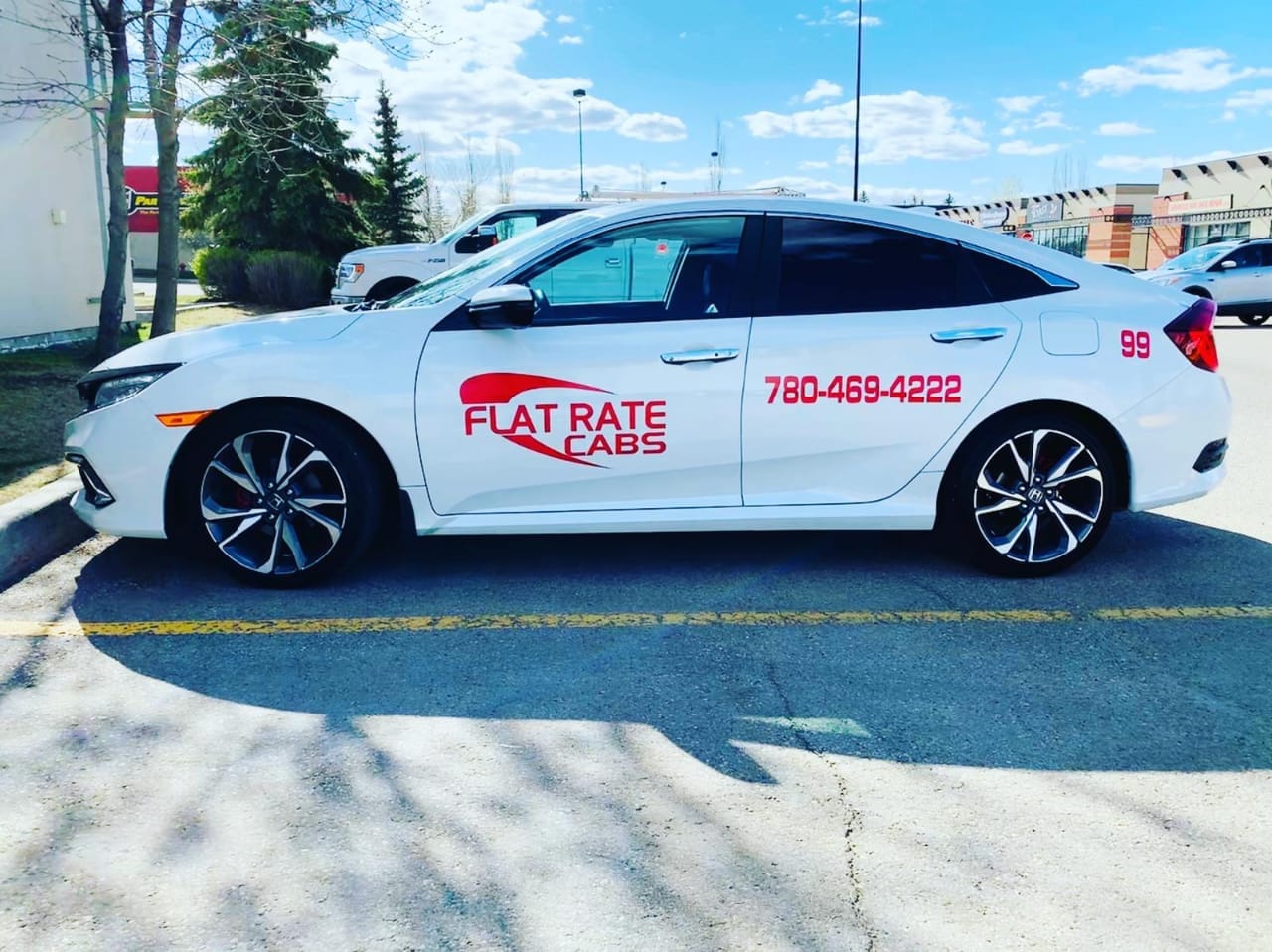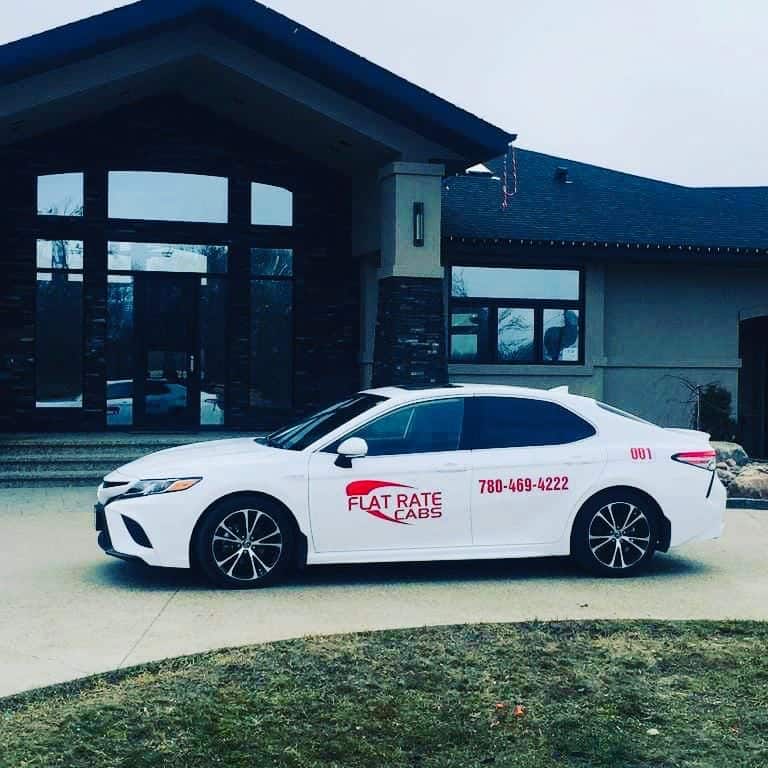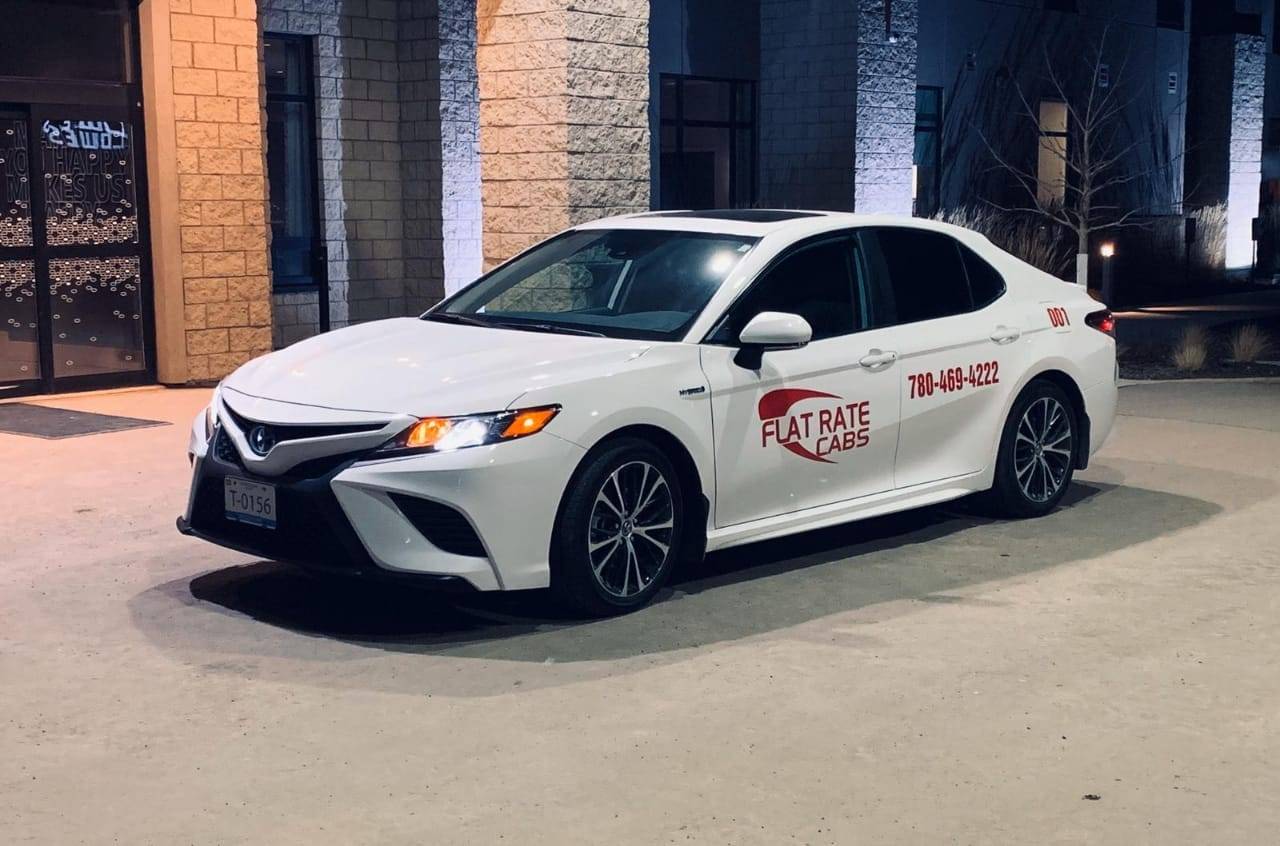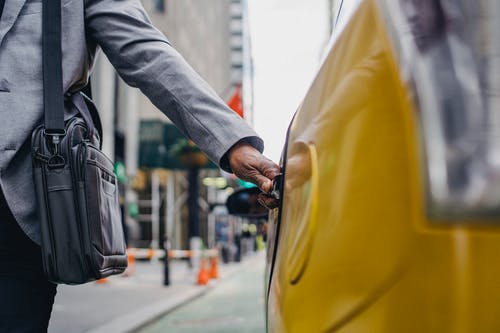7 Incredible Benefits of Sherwood Park Airport Taxi Today
When it comes to getting from the airport smoothly, Sherwood Park airport taxi stands out. You don’t want long waits or confusing fares. Flat rate pricing is simple and transparent. No surprises. Just clean, safe rides. Many people choose Sherwood Park taxi for its punctuality. Drivers know the fastest routes and handle luggage with care. … Read more











